Washoku, the traditional cuisine of Japan, is a culinary art form that embodies the country's deep connection to nature, its reverence for seasonal ingredients, and its pursuit of harmony and balance in every dish. This UNESCO-recognized intangible cultural heritage is more than just a style of cooking; it is a way of life, a philosophy that celebrates the beauty and simplicity of the natural world. Each plate of washoku tells a story of Japan's rich culinary history, the skilled artisans who have honed their craft over generations, and the intimate relationship between food, culture, and community. As you embark on a journey through the world of washoku, you'll discover a symphony of flavors, textures, and colors that reflect the changing seasons, the diverse landscapes, and the heartfelt hospitality that define the essence of Japanese cuisine.
29 tours & activities found
Sort by price

Tokyo・1 hour and 30 minutes
From $ 30.07
per person
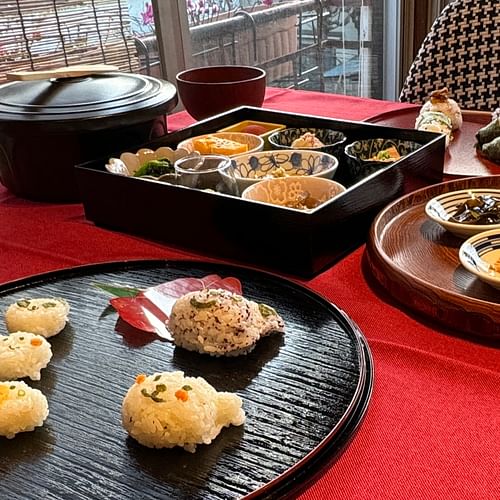
Tokyo・1 hour and 30 minutes
From $ 31.75
per person

Tokyo・3 hour and 30 minutes
From $ 50.11
per person
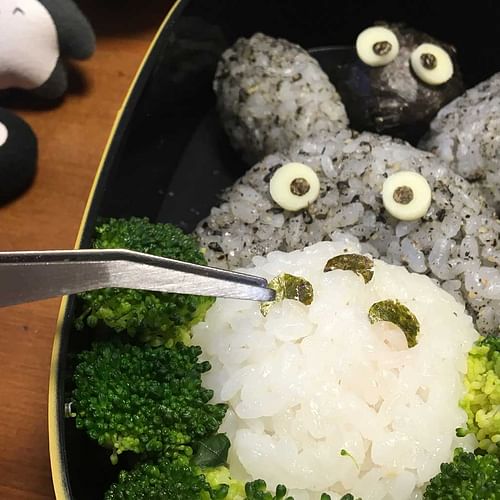
Tokyo・2 hour and 30 minutes
From $ 75.16
per person
Show more
Washoku is characterized by its emphasis on fresh, seasonal ingredients, minimal cooking techniques that highlight the natural flavors of each component, and a thoughtful presentation that engages all five senses. Some key elements of washoku include:
Some of the most iconic washoku dishes include:
To fully immerse yourself in the world of washoku, visit traditional Japanese restaurants, attend cooking classes, or participate in food-focused tours. Many cities and regions throughout Japan are renowned for their unique culinary specialties, such as Kyoto's delicate kaiseki cuisine or Osaka's hearty street foods.
For a truly authentic washoku experience, consider staying at a ryokan (traditional Japanese inn), where you can savor exquisitely crafted meals featuring local, seasonal ingredients and experience the warmth and hospitality of Japanese omotenashi (hospitality).
Embark on a flavorful journey through the heart of Japan by booking your washoku experience today. As you explore the diverse and exquisite world of Japanese cuisine, you'll not only tantalize your taste buds but also gain a deeper understanding and appreciation for the artistry, philosophy, and cultural heritage that make washoku a true national treasure. Get ready to let the colors, flavors, and textures of washoku transport you to a realm of culinary enchantment, and create lasting memories of the delicious wonders that await in the land of the rising sun.
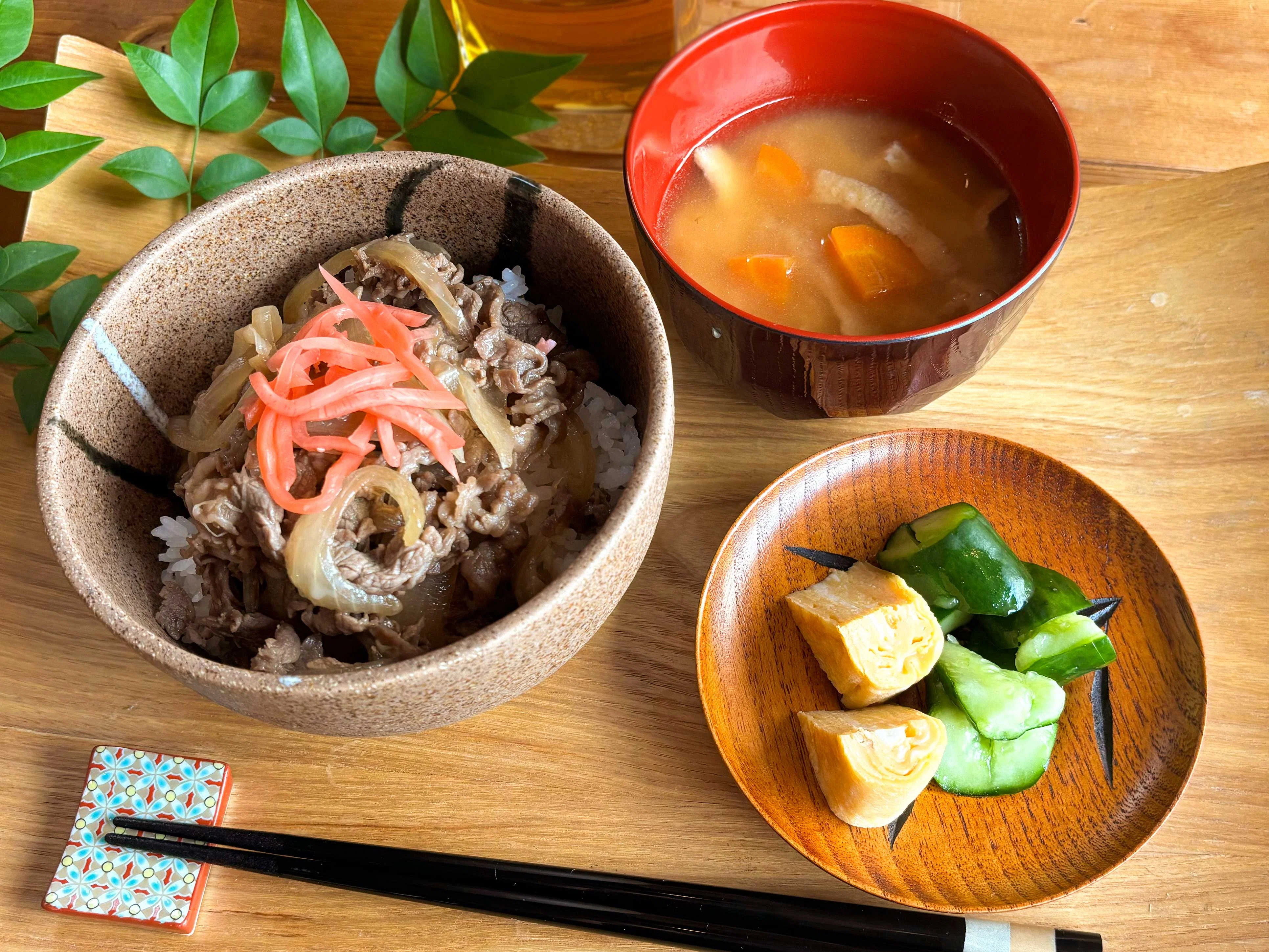
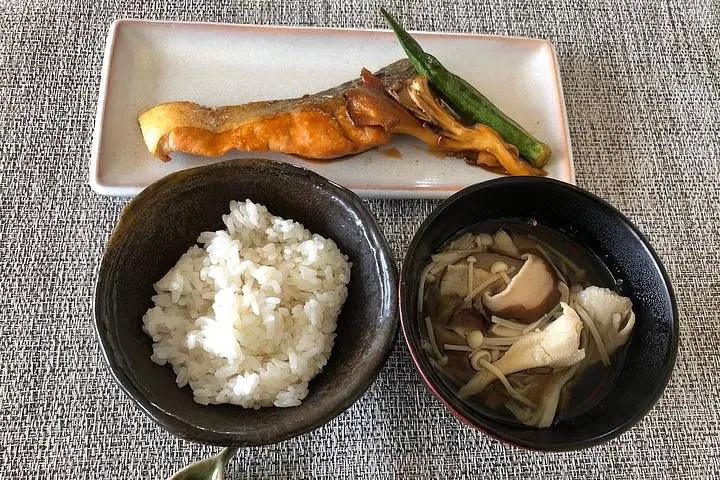
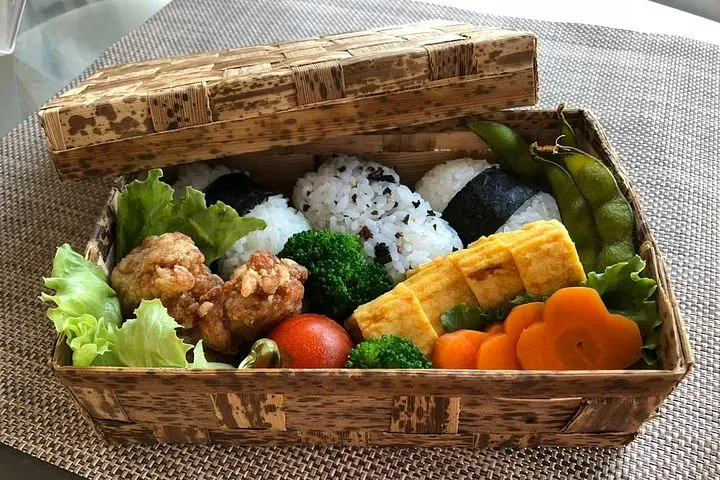
77
tours & activities
29
tours & activities
22
tours & activities
17
tours & activities
16
tours & activities
8
tours & activities
8
tours & activities
6
tours & activities
6
tours & activities
6
tours & activities
5
tours & activities
5
tours & activities
4
tours & activities
3
tours & activities
3
tours & activities
2
tours & activities
2
tours & activities
1
tours & activities
1
tours & activities
1
tours & activities